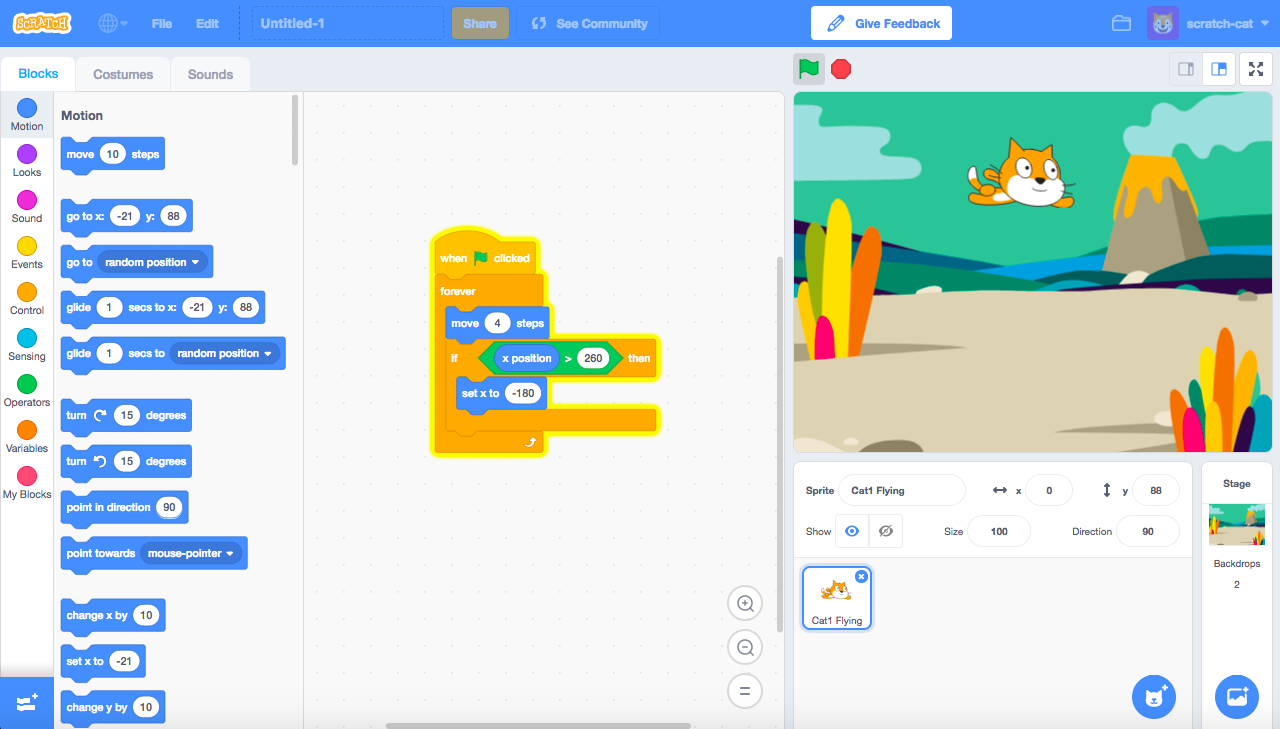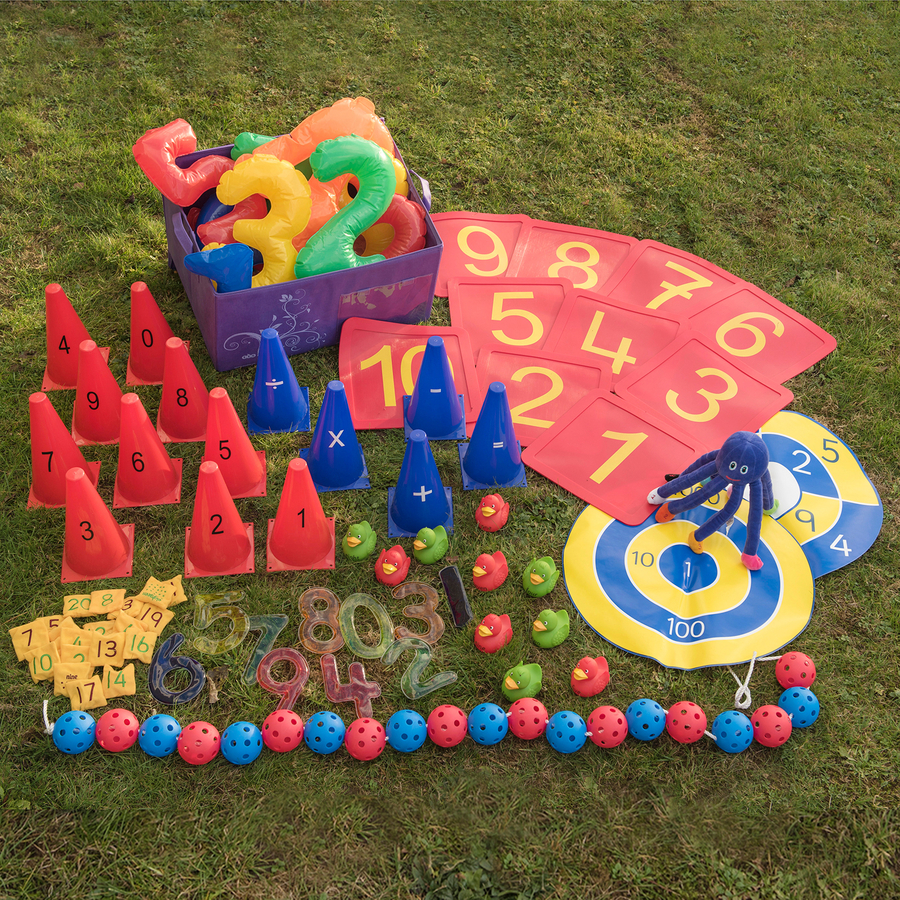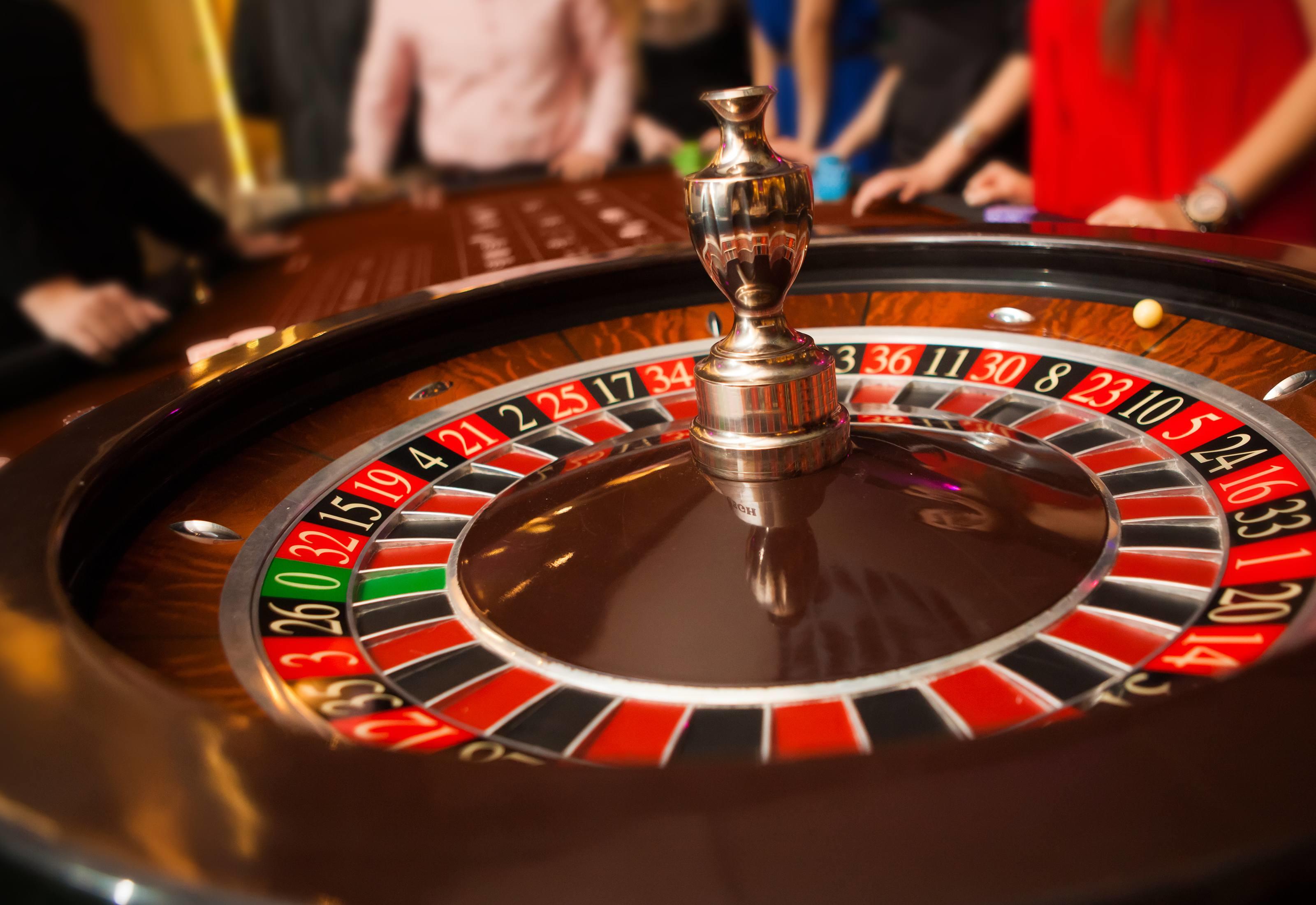Introduction
Before this input, I knew there was a huge amount of maths involved in computer games. However, I hadn’t given this much thought as I assumed this was far beyond anything I would be able to understand with my knowledge of maths. So my question is: which elements of fundamental mathematics do I need to help to understand complex mathematics used in computer games?
Counting
Number systems and counting are of clear importance when it comes to computer games. I have a deeper understanding of this based on previous experiences in this module. We learned that base twenty system was used for counting due to having ten fingers and ten toes. Learning of the Mayan’s using a base twenty number system encouraged me to think of the differences made when the base is changed. Lumen (undated) states ‘the Mayans used a base-20 system, called the “vigesimal” system. Like our system, it is positional, meaning that the position of a numeric symbol indicates its place value’. This means that a base twenty number system is also positional in the same way that our base ten system is.

Although I do understand what base ten number system is, I decided to explore it further to deepen my understanding. Killian (2012a) states ‘the process repeats over and over, and eventually you get to 99, where you can’t make any larger numbers with two digits, so you add another, giving you 100’. So if this explains the system when counting, what happens when it comes to large numbers? Smith and LeVeque (undated) state ‘when it became necessary to count frequently to numbers larger than 10 or so, the numeration had to be systematized and simplified; this was commonly done through use of a group unit or base’. Therefore, as maths grew more complicated, our number system had to be adapted to become easier to work with.
Binary
Computers use a base two number system as they work in a different way but an understanding of number systems allows for understanding this process to become much easier. Killian (2012b) states ‘ while everyone knows binary is made up of 0s and 1s, it is important to understand that it is no different mathematically than any other base’. This made the idea of binary seem more approachable as someone who has no previous knowledge on the subject. I had a grasp of the concept of binary but in order to have a thorough understanding I looked into comparing binary to our number system.
Therefore, binary operates on a very small base 2 number system, this means that computers can only tell if a wire is on or off. Binary also operates in eights which makes the process much clearer to me. This has simplified for me a process which I previously thought would be highly complicated. This has highlighted for me the importance of independent research in order to deepen my understanding. With a better knowledge I will feel less intimidated when exploring different and interesting areas where maths can be applied with my pupils.
Now that I have this knowledge, I will be able to provide a much richer experience in practice. On my first placement, the pupils were using a programme called ‘Scratch’ in their ICT lessons. I saw the basic idea that they were programming their own games but did not understand much deeper than this. I feel that now I would be able to provide sufficient explanations and make connections with maths in ICT which could bring this to life.
Conclusion
Therefore, the list of mathematical processes involved in computer games is endless. However, a huge part of this is number, number systems and place values. Having an understanding of this can simplify understanding a topic which may otherwise seem too complex. I think that if pupils if teachers can explain the maths behind a topic such as computer games, they will be more engaged and motivated.
References
Killian, J. (2012). ‘Number Systems: An Introduction to Binary, Hexadecimal, and More’. Available at: https://code.tutsplus.com/articles/number-systems-an-introduction-to-binary-hexadecimal-and-more–active-10848. (Accessed: 9/11/18).
Lumen (undated). ‘The Mayan Numeral System: Mathematics for the Liberal Arts’. Available at: https://courses.lumenlearning.com/waymakermath4libarts/chapter/the-mayan-numeral-system/. (Accessed: 9/11/18).
Smith, E, D, LeVeque, J,W. (2012). ‘Numerals and numeral systems’. Available at: https://www.britannica.com/science/numeral. (Accessed: 9/11/18).
Images
https://en.wikipedia.org/wiki/Maya_numerals
https://scratch.mit.edu/






:max_bytes(150000):strip_icc()/TwoDice-58bddad45f9b58af5c4aa0d4.jpg)
